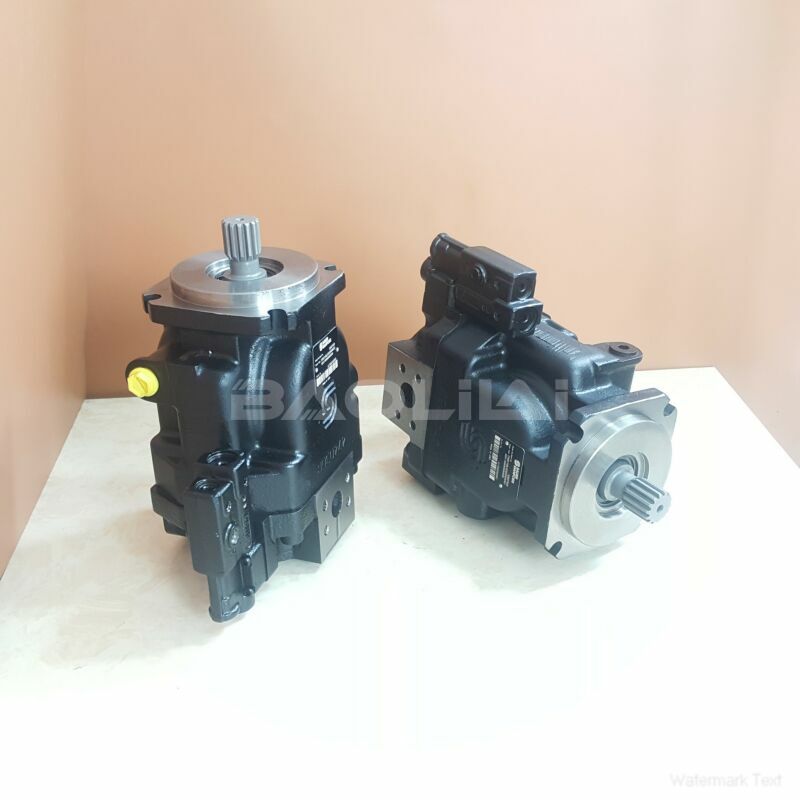FRL090CLS2520NNN3K4A2A1NAAANNNNNN danfoss pump
FRL090CLS2520NNN3K4A2A1NAAANNNNNN danfoss pump

- Product Details
- Applicable Scene
Space exploration is an endeavor that pushes the boundaries of technology, engineering, and human ingenuity. Among the myriad systems required for the successful functioning of spacecraft, hydraulic systems play a crucial role in providing the necessary power and control for various operations, including the deployment of landing gear, control surfaces, and manipulator arms. Danfoss, a leader in hydraulic technology, has developed solutions that significantly enhance the performance and reliability of these systems, making them indispensable in the arena of space exploration.
FR-L-090C-LS-25-20-NN-N-3-K4A2-A1N-AAA-NNN-NNN
FRL090CLS2520NNN3K4A2A1NAAANNNNNN
One of the most critical aspects of space missions is performance testing. These tests determine a system’s ability to operate in the unique and challenging conditions of space, including extreme temperatures, vacuum environments, and variable gravitational forces. Hydraulic systems must perform reliably and efficiently under these conditions, and Danfoss hydraulic pumps are engineered to meet these challenging requirements.

83008788
Danfoss hydraulic pumps are known for their efficient operation and adaptability. They are designed to work seamlessly with various hydraulic fluids and maintain performance despite fluctuations in temperature and pressure. This versatility is vital during performance testing, as systems are subjected to a range of conditions to simulate actual space environments. The advanced technology used in Danfoss pumps ensures that they can maintain consistent performance and efficiency, reducing the potential for failures that could compromise a mission.
Moreover, the advanced control algorithms embedded in Danfoss hydraulic systems facilitate real-time monitoring and adjustment during performance tests. These features allow engineers to gather precise data on pump behavior and system dynamics, leading to better-informed decisions regarding design modifications or operational procedures. As a result, readiness for missions can be achieved more rapidly, optimizing the testing process and minimizing delays.





